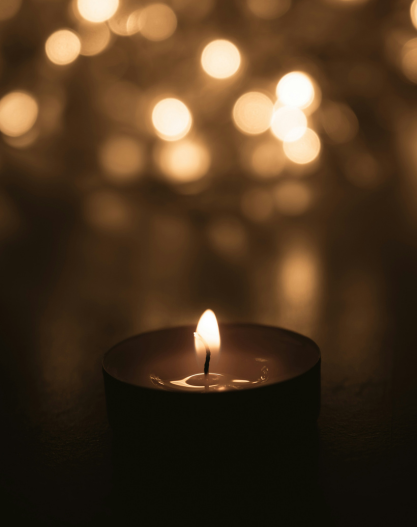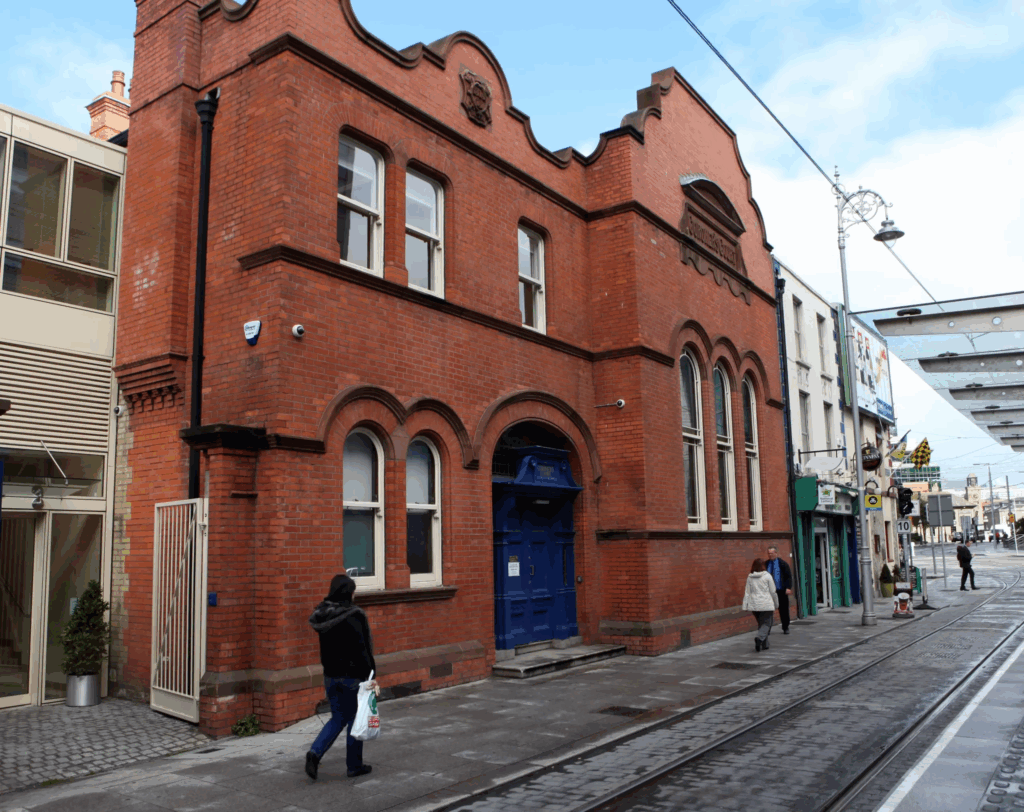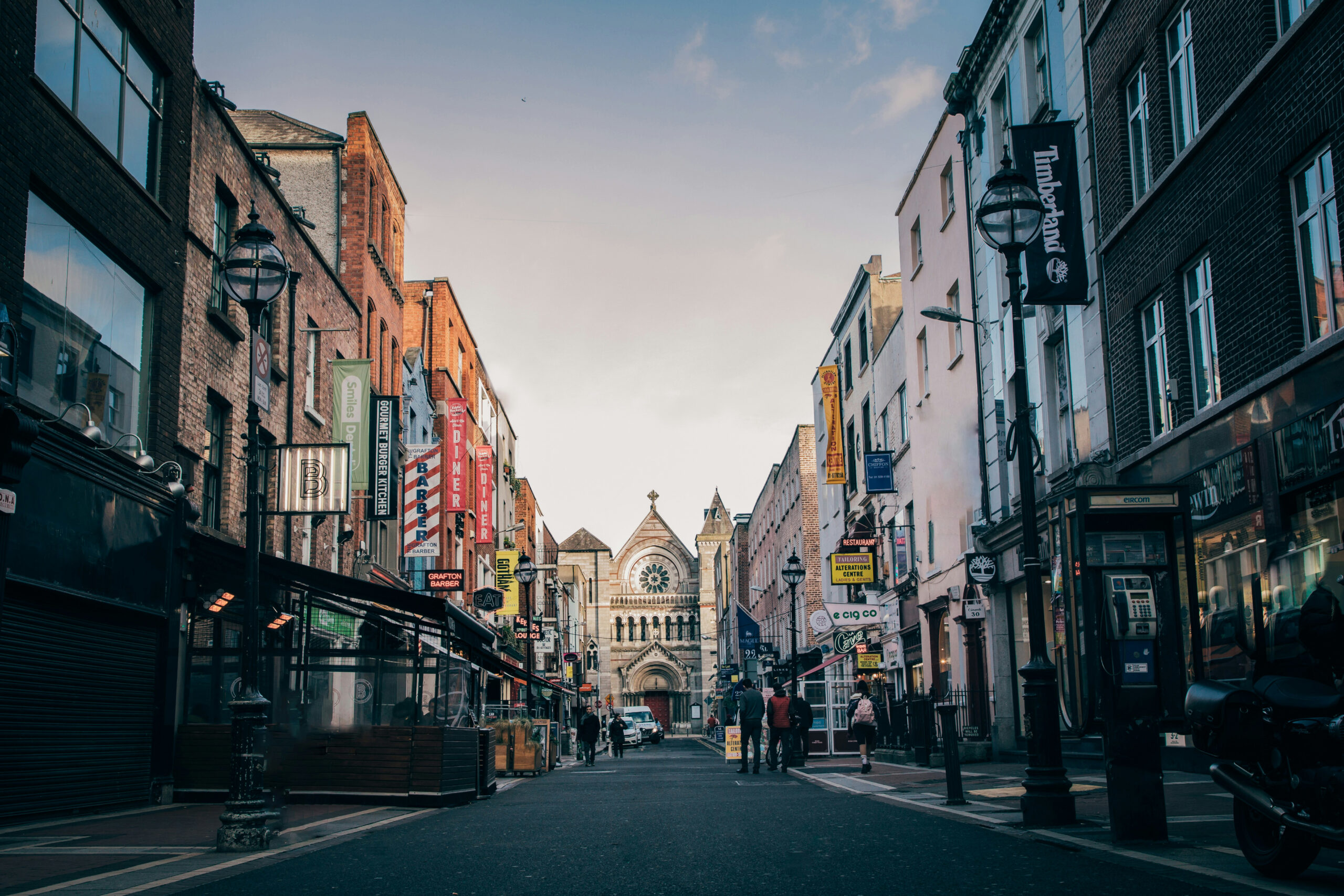About Us

The role of the Coroner
The role of the coroner is to investigate the causes and circumstances of any sudden or unexplained death that takes place in the Dublin region.
In other words, their role is to find out the who, when, where and how for a death that is sudden or unexplained.
Many categories of death must be referred to the Coroner. These are called reportable deaths. The list of the different types of reportable deaths is included in the law that defines the role and the work of a coroner. The Coroner receives reports from An Garda Síochána, doctors and other healthcare professionals.
What we do
The coroner is independent in their role to investigate deaths that have been reported to them.
If the coroner considers that a reportable death was a natural death then a GP or hospital doctor can provide a certificate so that a death can be registered with the Civil Registration Service. The Civil Registration Service can then provide a family or next of kin with a death certificate.
If the coroner considers that a cause of death may be unnatural or due to an unknown cause, the coroner must investigate further.


If the cause of death is unnatural or cannot be determined, the coroner may require a postmortem examination to help find out the cause of death.
Firstly, the coroner needs to know who the deceased person was, their identity.
When the coroner receives a report of the postmortem examination and it shows that the death was due to natural causes, the death will be registered with the Civil Registration Service.
If the postmortem examination report shows an unnatural cause or does not show a cause of death, the coroner needs to find out how a person died. Here the coroner will direct an inquest, which is an investigation, or inquiry into the circumstances of death. Inquests are held in public in a courtroom in either our Store Street or Richmond Centre location.
When an Inquest takes place it is known as an inquest hearing. At a hearing the coroner will make findings on the following:
Another function of the coroner is to identify recommendations based on findings of fact. These may be on the need for public safety or road transport measures, or may relate to patient safety or medical practices and procedures.
About the Dublin District Coroners Office
The coroner’s office is staffed by civil servants from the Department of Justice.
Their job is to support the families of the deceased, and to support the four coroners in the Dublin district.
The Dublin District coroners are independent officials. There are four coroners for the Dublin district.
- Dr Myra Cullinane, F.R.C.P.I., M.F.F.L.M., BL – Store St. coroner’s court
- Dr Cróna Gallagher, A.F.R.C.S.I, DipFMS – Richmond Centre coroner’s court
- Ms Aisling Gannon SC (Law Society of Ireland, 1998) – Store St. coroner’s court
- Dr Clare Keane MD, B.Soc.Sc, DipPsych – Richmond Centre coroner’s court
The Minister designates one of the coroners as the senior coroner for the district.
Dr Myra Cullinane is the senior coroner for Dublin.


History of the Coroner
In Dublin, the two Provosts who were responsible to the exchequer as accountants for the Royal rental, exercised the powers of a coroner from 1215.
Under the Laws and Usages of the City of Dublin, drawn up around the year 1316, it was confirmed that the Bailiffs were to act as coroners at inquests in cases of death within the boundaries of the city. In 1548 Dublin City was shired under a charter issued by King Edward VI. This meant that the city was now equal in status to a county. For legal purposes, it was known as “the county of the city of Dublin”. The two Bailiffs were replaced by two Sheriffs, who continued to exercise the powers of a coroner until 1617.
In that year, a judgment handed down in the Court of King’s Bench stated that the sheriffs of Dublin City should no longer act as coroners. Unfortunately, the records of the Court of King’s Bench were destroyed in the destruction of the Public Record Office in 1922, and the only extant source for this information is an incomplete entry in the Dublin City assembly rolls. It is therefore not possible to give reasons for the decision of the Court. Henceforth the office of coroner was to be exercised by two elected aldermen whose term of office appears to have varied between one and three years.
In 1687 four coroners were appointed for the county of the city of Dublin under a charter issued by James II. However, after the Battle of the Boyne, the status quo was resumed, with two aldermen elected as coroners from 1691.
A new Dublin City coroner’s Court and City Morgue were erected at Store Street in 1901 and replaced the original City Morgue in Lower Marlborough Street.
It was later incorporated into the original Abbey Theatre. The building was designed by the then Dublin City Architect Charles J. McCarthy. The coroner’s Court building still stands on the site and was completely refurbished between November 2008 and April 2010 with the addition of a modern extension, designed by Kieran Kavanagh of Dublin City Council’s City Architect’s Department, providing much-needed improved facilities for members of the public and staff. During that period of refurbishment the coroner’s Court was temporarily relocated to the Distillery Building in Smithfield.
The original City Morgue, which had become outdated, was demolished in 1999. Mortuary facilities were temporarily relocated to the grounds of the Dublin Fire Brigade Training Centre in the O’Brien Institute in Marino. A new state-of-the-art mortuary facility has been developed at Griffith Avenue, Whitehall, in what was then the old Whitehall Garda Station. The new City Mortuary has been in use since 2017. That building is shared with the Office of State Pathologist.
Originally, Dublin had two coroners, the Dublin City coroner and the Dublin County coroner. The two Dublin jurisdictions were amalgamated on 8th September, 2011 and the jurisdiction is now known as the coroner’s District of Dublin. All reportable deaths in Dublin City and the three administrative Counties of Dun Laoghaire-Rathdown, Fingal and South Dublin now fall within the remit of the Dublin District coroner.
Legal and organisational responsibility for the Dublin District coroner’s Court and City Mortuary was transferred from Dublin City Council to the Department of Justice on 1st January, 2018. In accordance with legislative changes the number of coroner’s in Dublin was increased in 2020. Currently there are 4 coroners for the District of Dublin.


